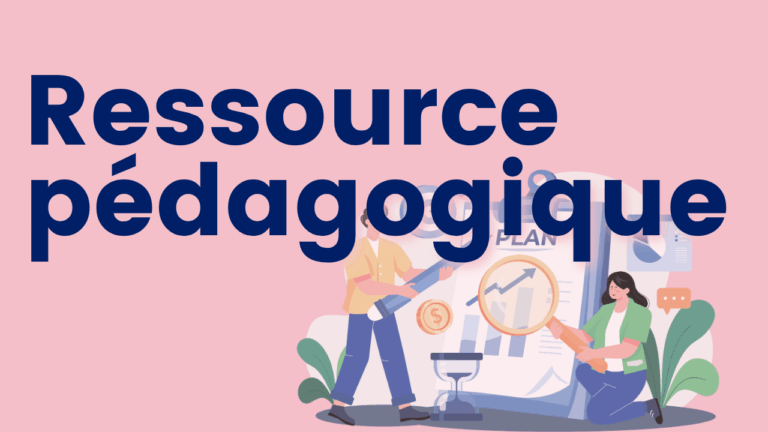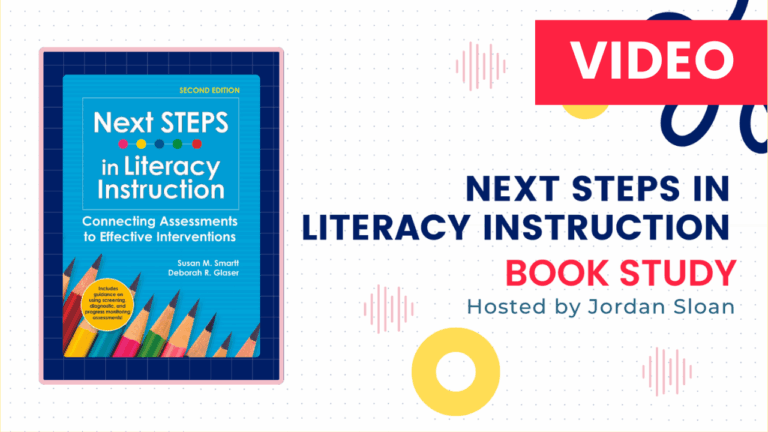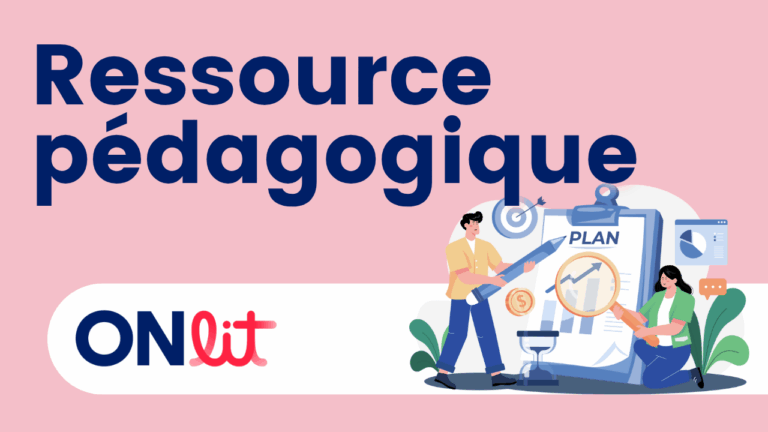Fiches de données (français langue première) – Acadience Reading Français
Ce document Google Sheets est conçu pour aider le personnel enseignant du jardin d’enfants à la deuxième année à analyser les données de dépistage d’Acadience Reading Français – Français langue première. Il comporte une feuille dédiée à chaque niveau scolaire et à chaque fenêtre temporelle, permettant au personnel enseignant de saisir les scores bruts. Le…








